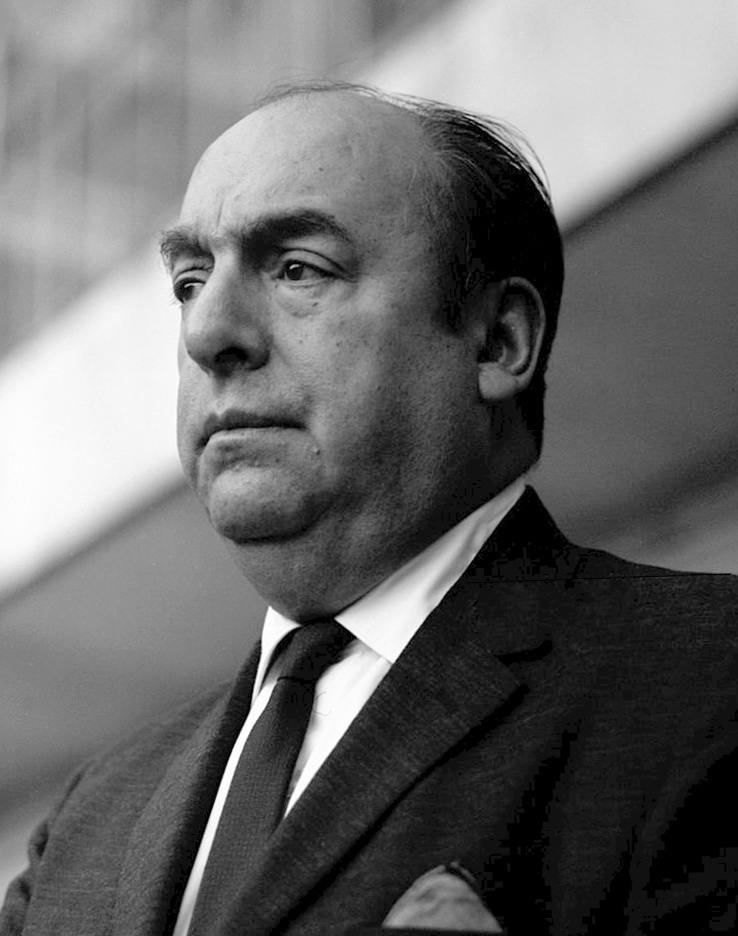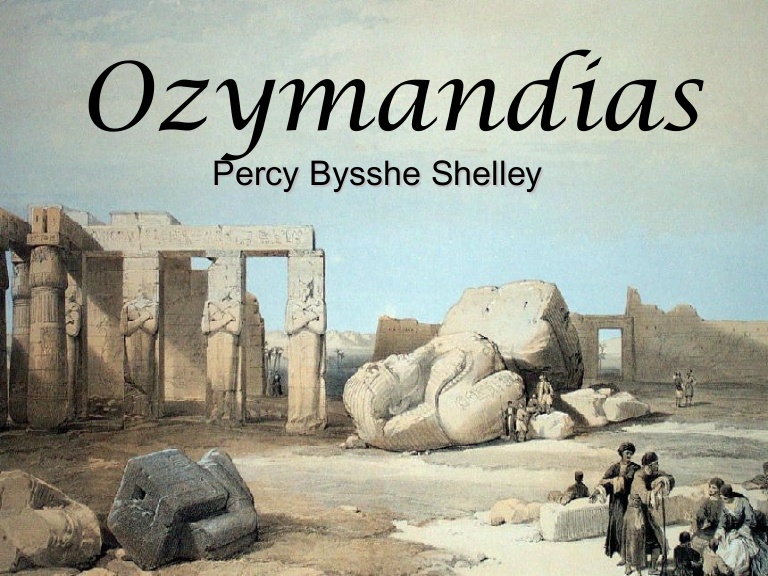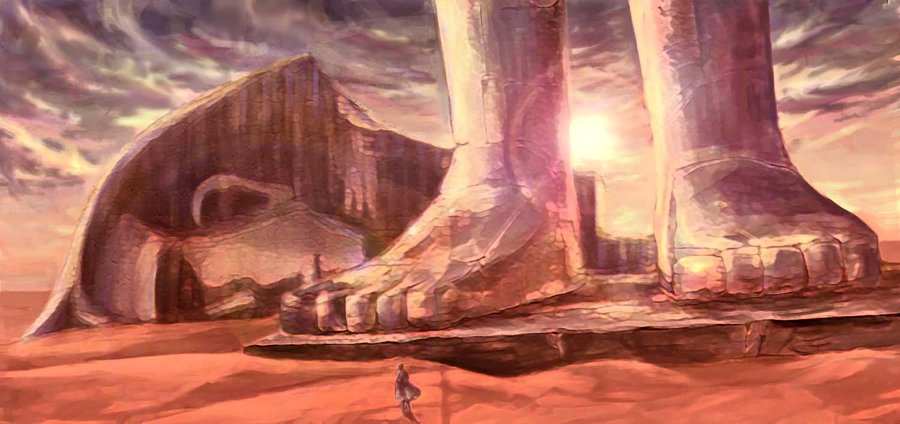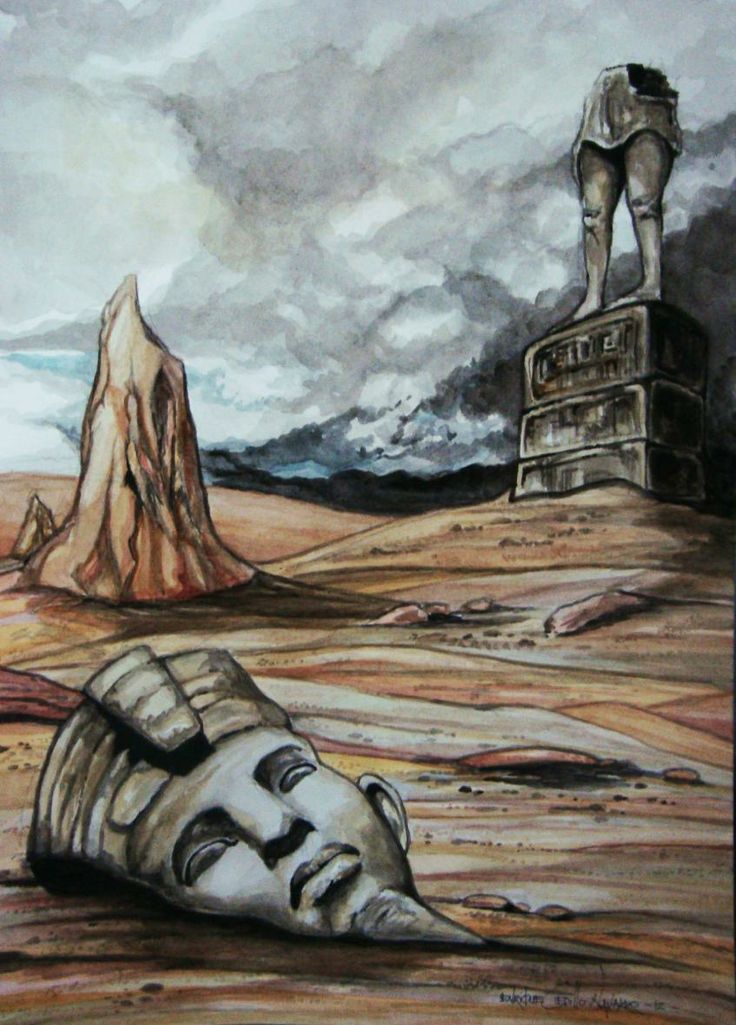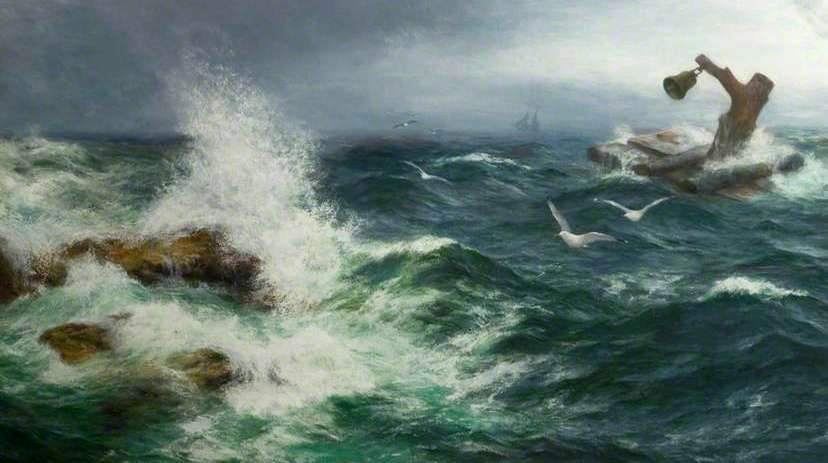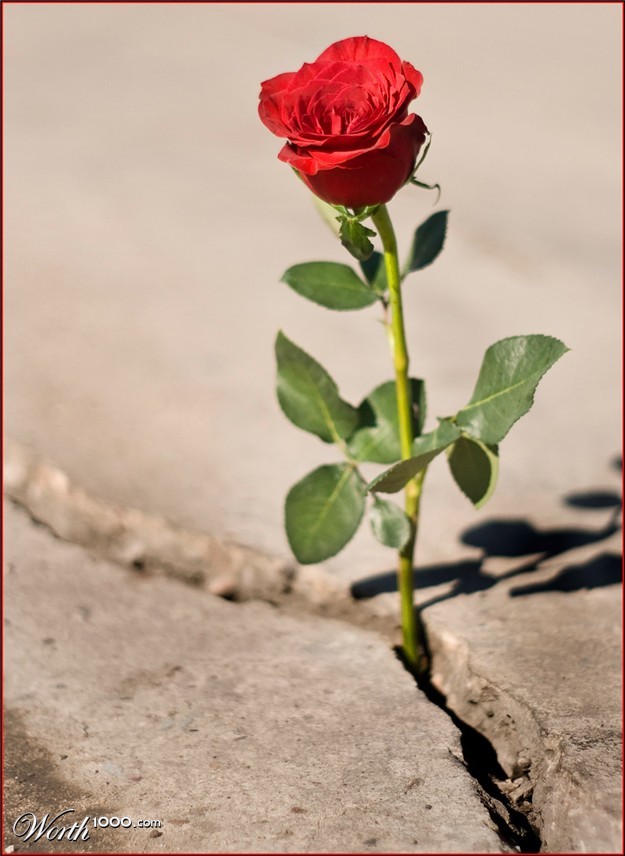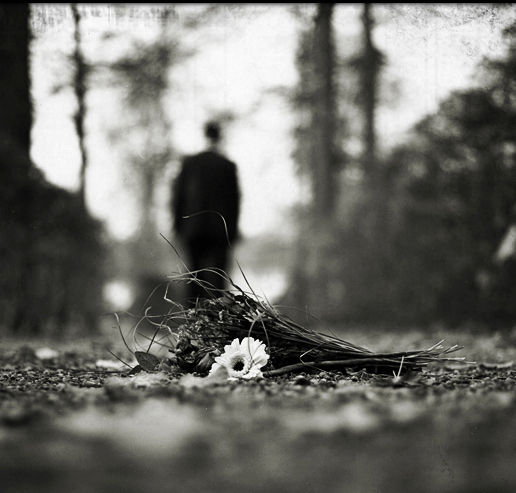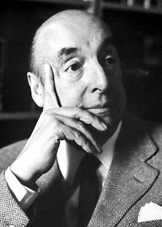This poem summary focuses on the poem ‘Brown and Agile Child’ by the Chilean poet Pablo Neruda. Neruda is best known for his love poems, and his political verse. In that sense, the content of ‘Brown and Agile Child’ makes this an atypical poem when considered alongside the rest of Neruda’s poetic oeuvre.
‘Brown and Agile Child’ is made up of four stanzas. Each stanza, in turn, is made up of four lines each. The speaker here is Neruda himself, and he addresses himself to a child. This may not be a specific child though. It may simply refer to any child in reality, for it is the time of childhood as a stage of life that Neruda is really addressing rather than a particular individual child.
In the first stanza, Neruda talks about the sun as a vital force of energy. It is only when sunlight reaches the seeds of a plant that the seed ruptures and germinates and gives rise to the fruits that we see hanging on its branches. It is because of sunlight that the grain in the farmer’s field ripens, and he is able to carry on with his life – whether it be subsistence agriculture that he practises, or agriculture for profit by which he earns his living. It is again sunlight that twists the seaweeds in the water around us and gives them the ability to survive under water. The sun is equivalent to life for the natural elements of earth, implies Neruda. And the sun also has a great role to play in the child’s life. It is because of sunlight that the human beings have developed from what were originally microscopic organisms on the earth’s surface. In a sense, the fact that the child exists in its bodily form is a result of the sun’s rays shining down on the earth. It is the sun that makes the child’s eyes sparkle. It is also the sun that brings a smile to the child’s face. This smile is as calm and peaceful as water, though it is engendered by the sun.
In the second stanza, he qualifies the image of light that he has so beautifully evoked in his readers’ minds through the first stanza. He says that when the child holds out his arms, his black hair seems to consume all the darkness that is there in the world. At the time of its setting, the sun is made devoid of its purpose of giving light to the sun, and in fact its golden hue fades into the darkness of the oncoming night. At this time, Neruda imagines that the sun is in great anguish. However, the child’s hair absorbs even that anguish, and celebrates again with the sun when it rises the next morning. He plays under the gaze of the sun, but its heat does not bother him. It is as if he was really playing in cool water. Through this act of playing he forms a sense of communion with the sun, and all the darkness of the previous night is only reflected in the small pupils of his eyes.
In the third stanza, the tone of the poem becomes heavier. Neruda says that nothing draws him to the child. In fact, he feels as if he is constantly moving away as noon approaches. This implies that Neruda thinks he does not have anything in common with the child. He can neither celebrate the light of the sun, nor absorb darkness as the child can. The child is a powerful agency, compared to his own passivity. That is why he compares the child with the kind of energy that is associated both with youth and with the bee (giving rise to the common saying “as busy as a bee”). He also compares childhood with the intoxication of waves – the way they rise and fall, and how any observer becomes completely absorbed in the motion. In fact, Neruda is equally enthralled as he watches the child playing in the sun. Lastly, he says that the child has the power of wheat. Just as wheat is essential for human survival, so is the need for a break from the hectic life that adults lead into the carefree attitude of children.
In the fourth stanza, Neruda finally admits that his heavy heart is also seeking the child. This is because he can see how great an influence the child could have on him. He loves both the body and the voice of the child. He feels that the child is as sweet as a butterfly, just emerged from the cocoon. By ‘sweetness’ here Neruda is referring to the innocence of the child. Finally, he compares the child once again to “the wheatfield, the sun, the poppy, and the water.” In other words, he compares the child to all that he feels makes the world a beautiful place to live in.
Dear Readers- If this summary/analysis has helped you, kindly take a little effort to like or +1 this post or both. Make sure you like Beamingnotes Facebook page and subscribe to our newsletter so that we can keep in touch. We’ll keep informing you about stuffs that are really interesting, worth knowing and adds importance to you.
Some online learning platforms provide certifications, while others are designed to simply grow your skills in your personal and professional life. Including Masterclass and Coursera, here are our recommendations for the best online learning platforms you can sign up for today.
The 7 Best Online Learning Platforms of 2022
- Best Overall: Coursera
- Best for Niche Topics: Udemy
- Best for Creative Fields: Skillshare
- Best for Celebrity Lessons: MasterClass
- Best for STEM: EdX
- Best for Career Building: Udacity
- Best for Data Learning: Pluralsight
